In recognition of #WorldLungCancerDay, It is important for everyone to learn about the #riskfactors for Lung cancer along with the importance of #earlydiagnosis through #screening and timely treatment to decrease #mortality.
In cancer care, different types of doctors often work together to create a patient’s overall treatment plan that combines different types of treatments. This is called a multidisciplinary team.
There are 5 main treatment options : i) Surgery, ii) #Radiationtherapy, iii) #Chemotherapy, iv) Targeted therapy v) #Immunotherapy
#Surgery includes #Lobectomy, Wedge resection, Segmentectomy, #Pneumonectomy.
#Chemotherapy is the use of #drugs to destroy cancer cells, usually by keeping the cancer cells from growing, dividing, and making more cells. It has been shown to improve both the length and quality of life for people with lung cancer of all stages. Targeted therapy is a #treatment that targets the cancer’s specific genes, proteins, or the tissue environment that contributes to cancer growth and survival. This type of treatment blocks the growth and spread of cancer cells and limits damage to healthy cells. Immunotherapy, also called biologic therapy, is designed to boost the body’s natural defenses to fight the cancer. It uses material made either by the body or in a laboratory to improve, target, or restore immune system function.
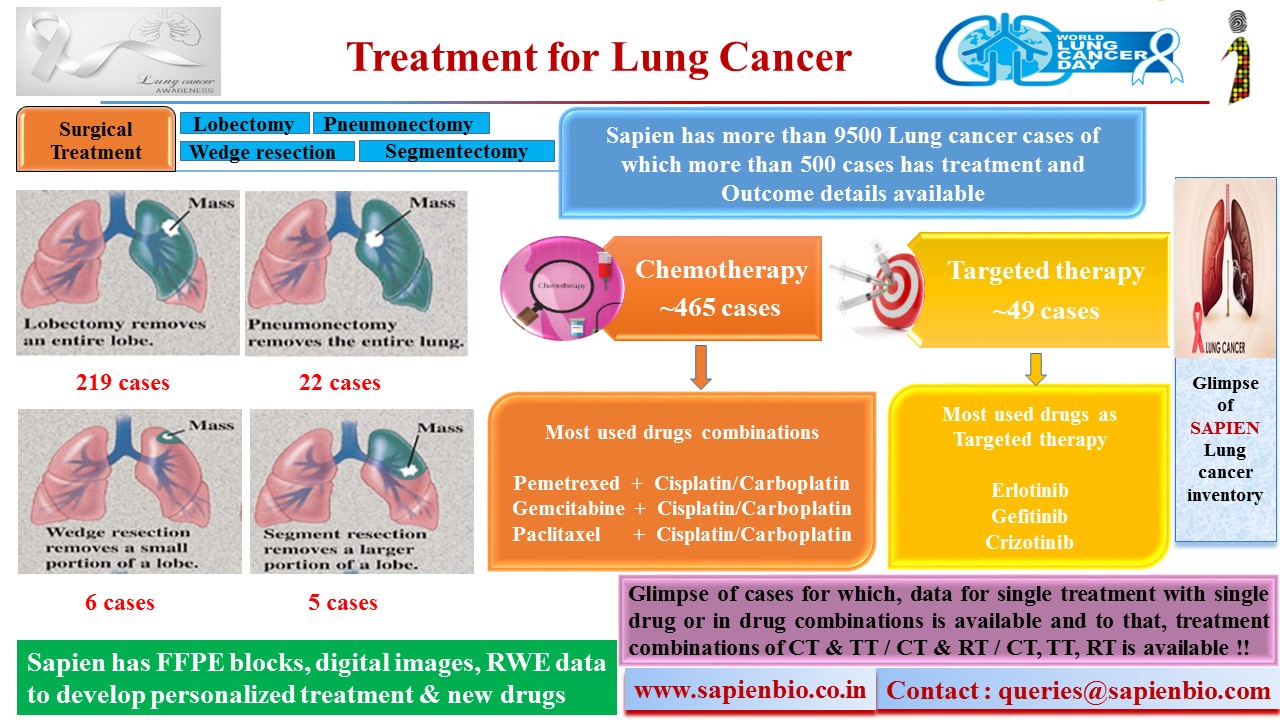
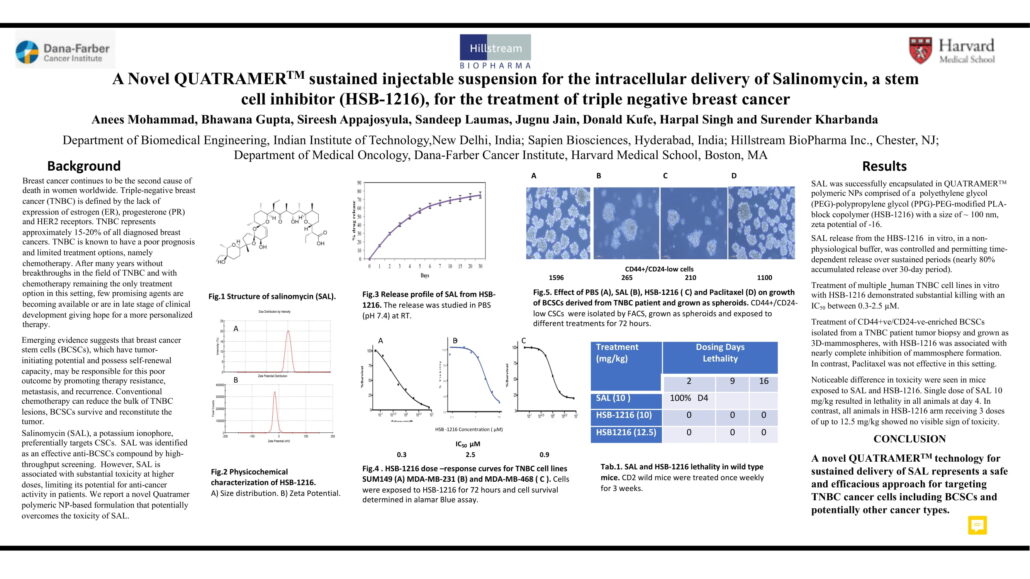
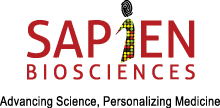
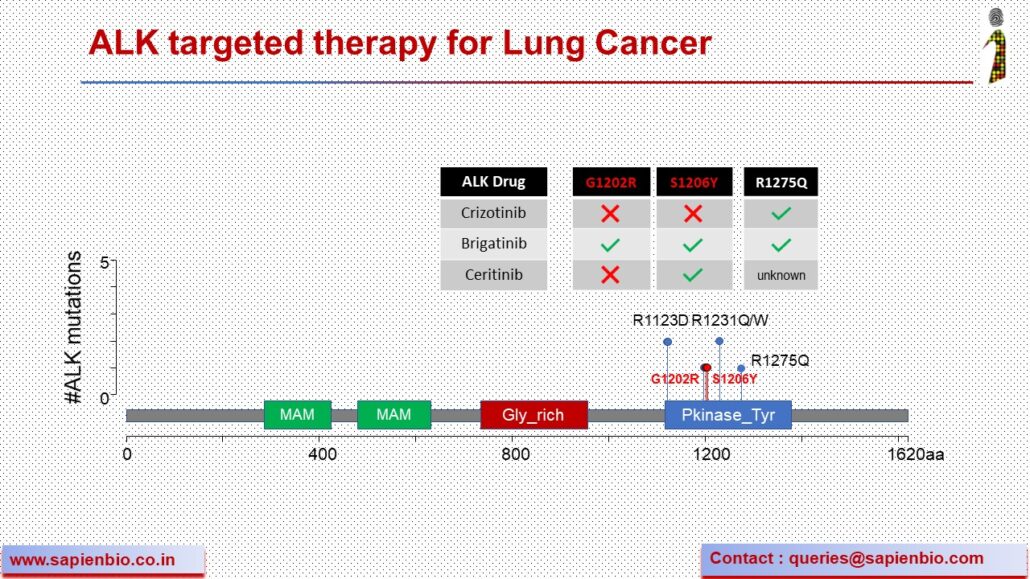
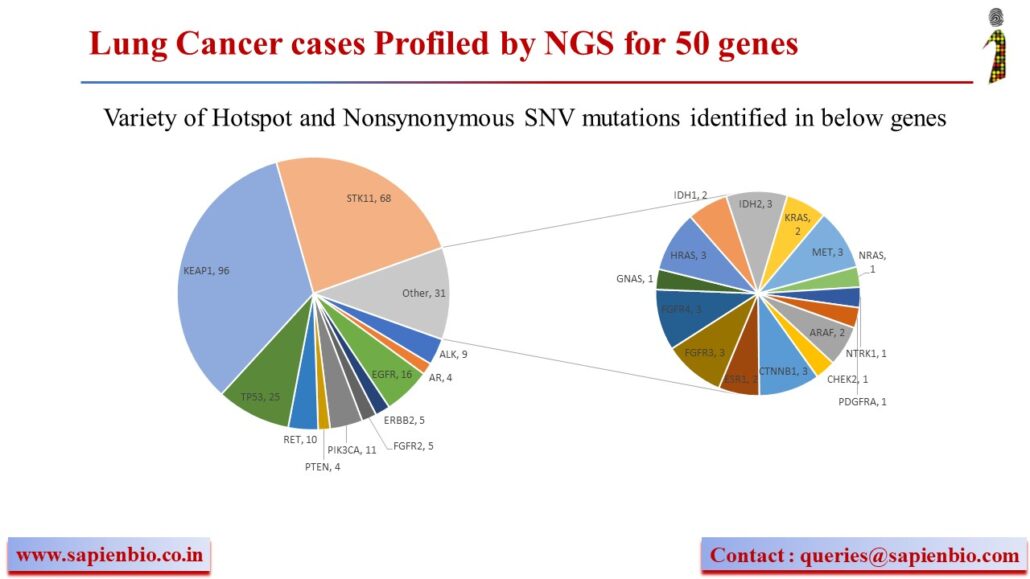

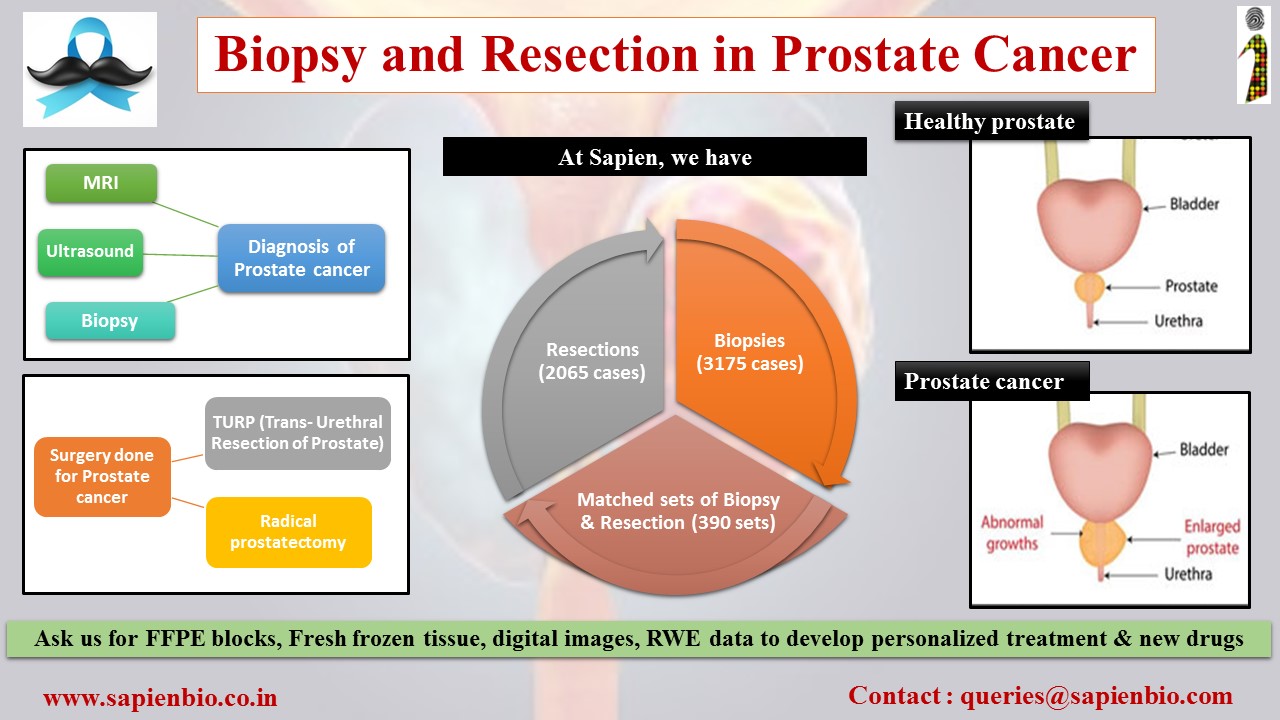

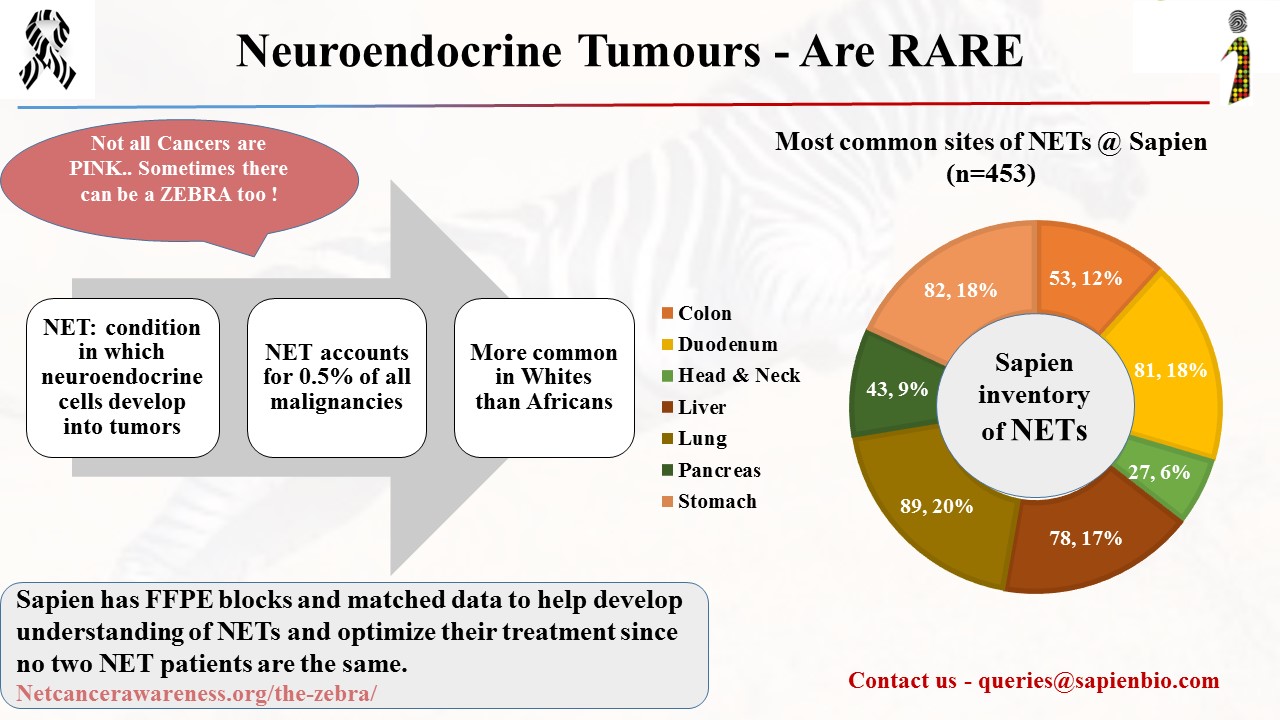
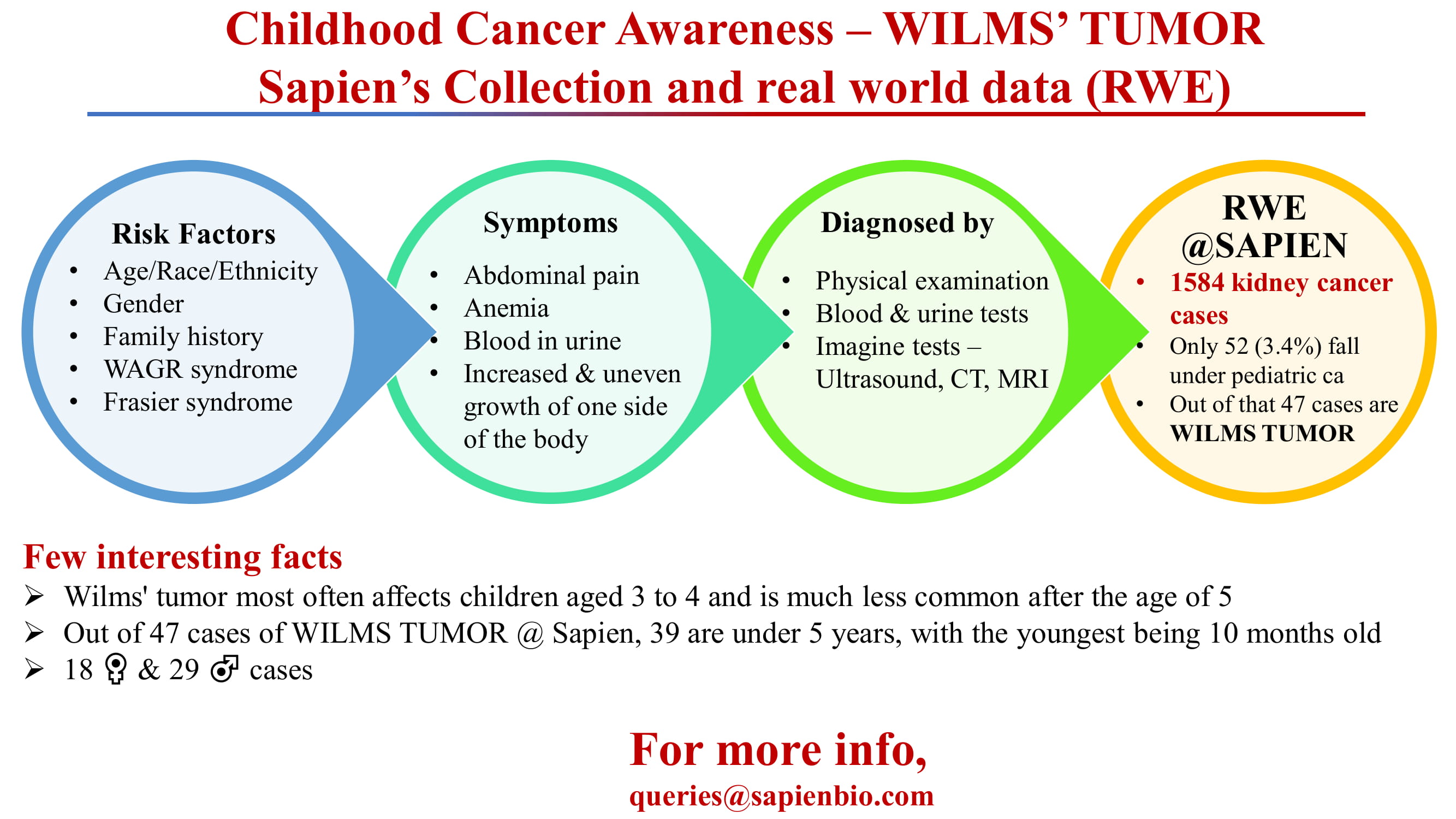
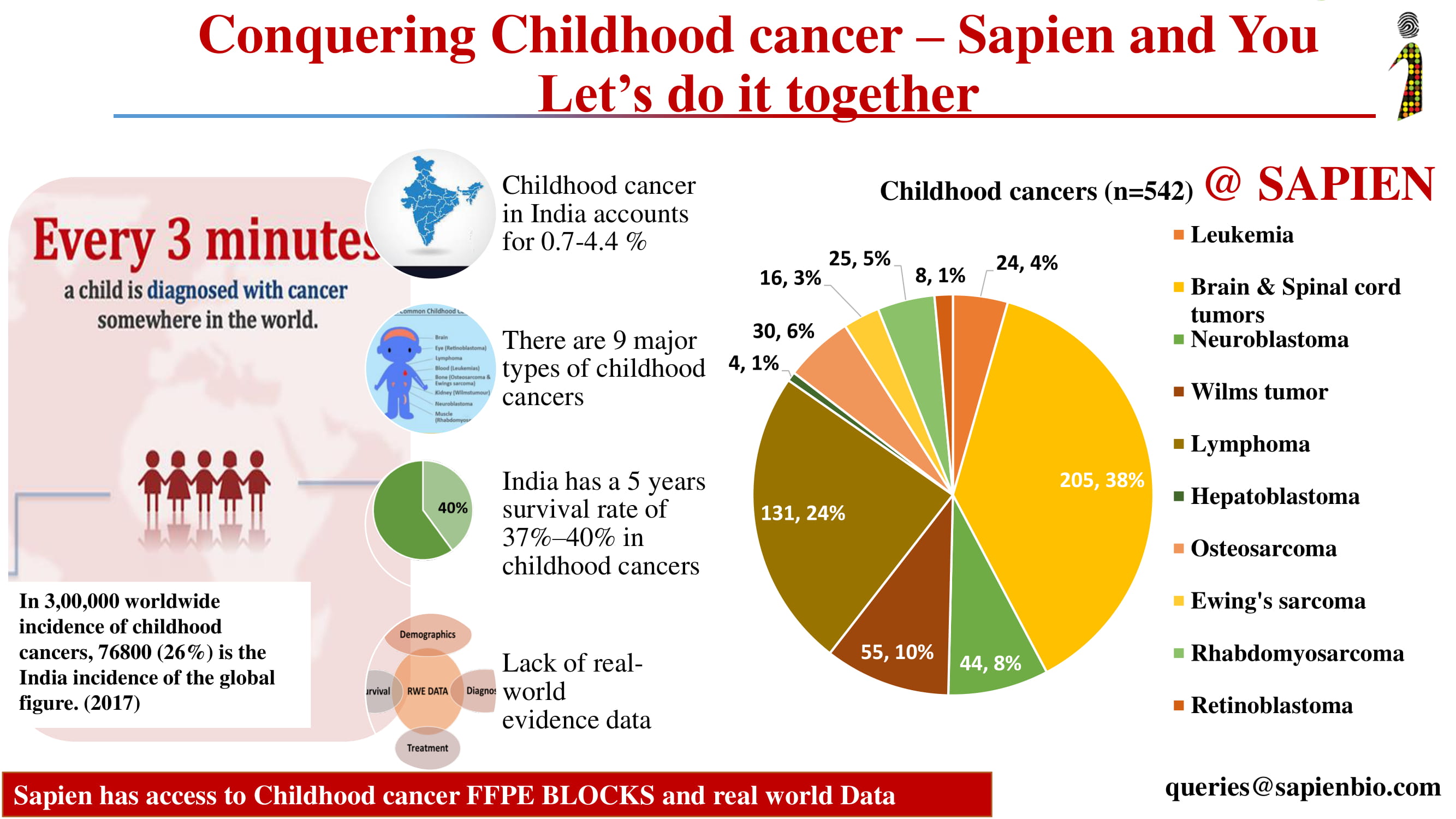
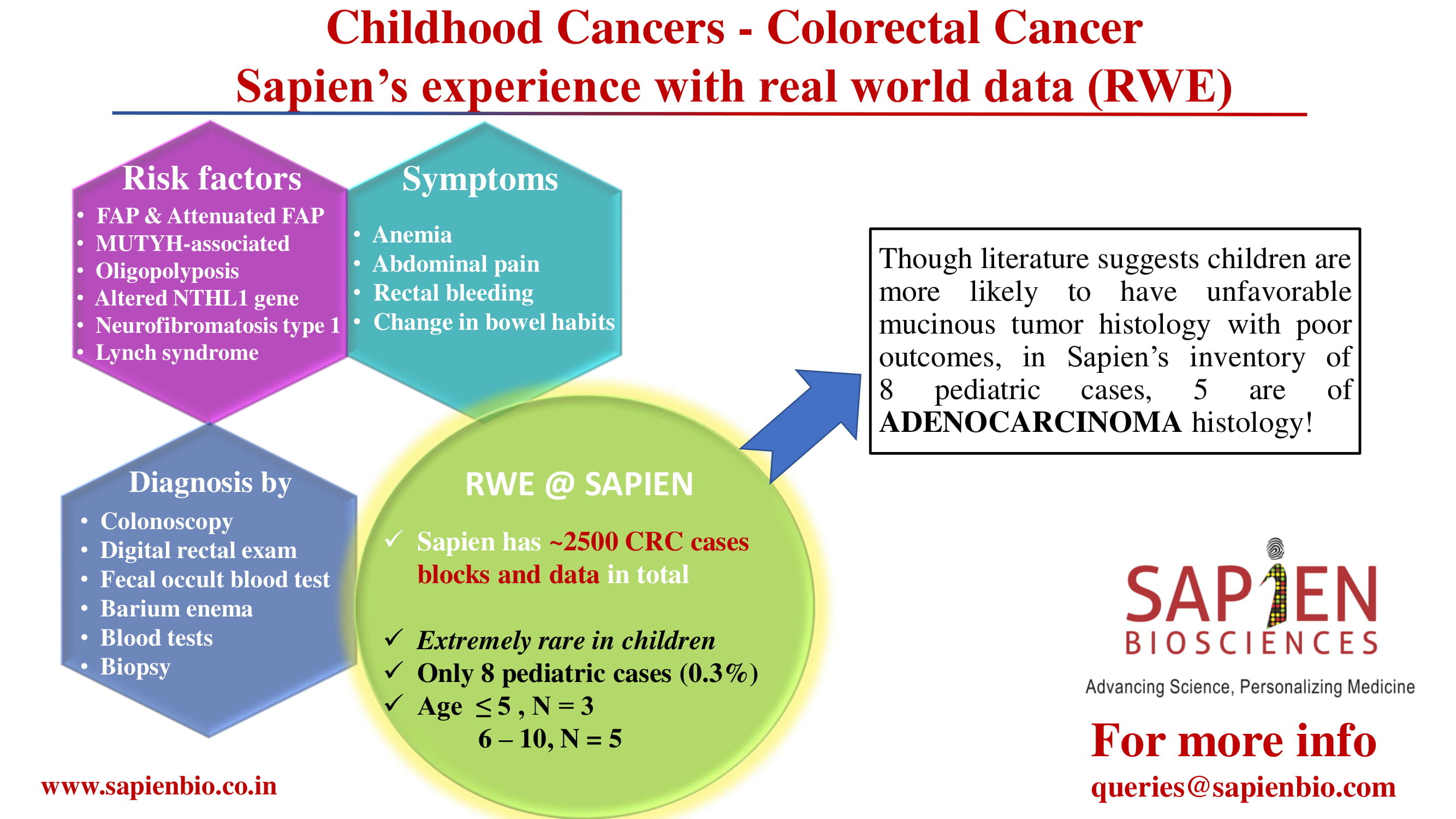
Recent Comments